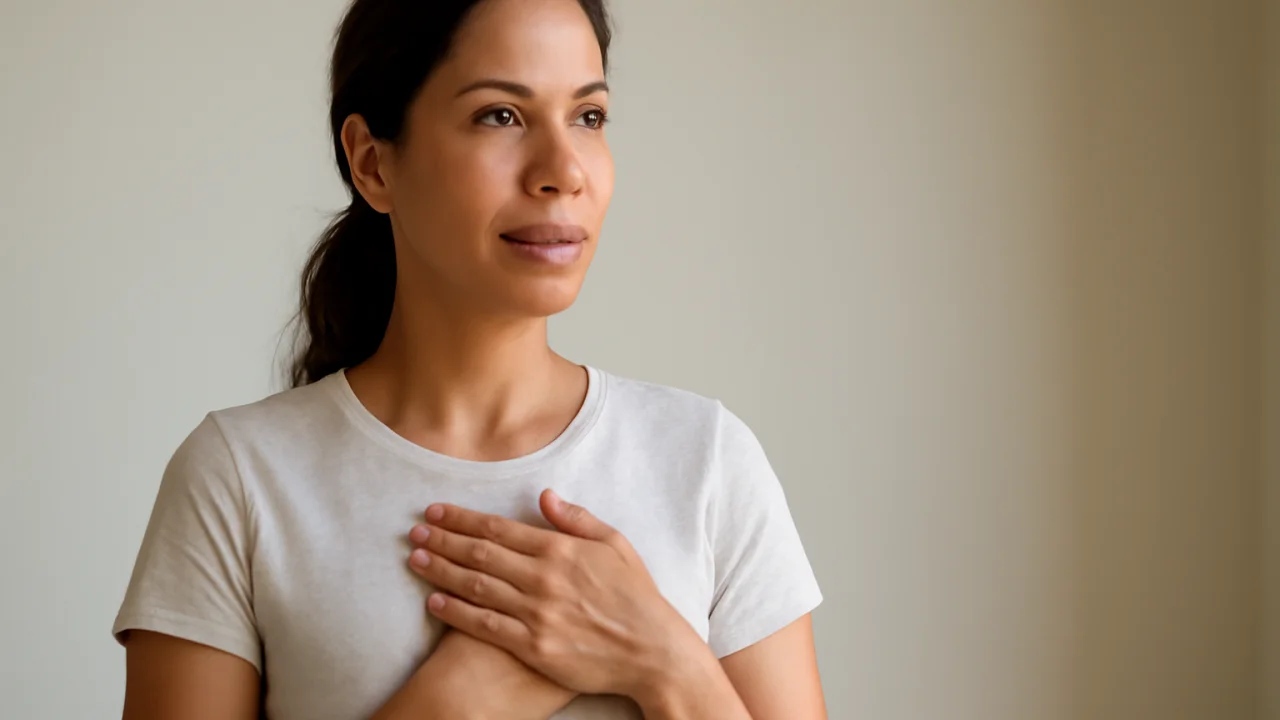
The Ultimate Guide to Hair Highlights: Techniques, Trends, and Care Tips
📑 Contents
The Ultimate Guide to Hair Highlights: Techniques, Trends, and Care Tips
Thinking about adding some dimension to your hair? Highlights are a timeless way to enhance your natural beauty, add depth, and showcase your personal style. Whether you want subtle sun-kissed strands or bold color contrasts, there’s a highlighting technique to suit every taste. In this comprehensive guide, we’ll explore the most popular highlight methods, trending colors, aftercare tips, and everything you need to know before booking your next salon appointment.
What Are Hair Highlights?

Highlights are sections of hair that are lightened or colored to create contrast and dimension against your base shade. They can be subtle or dramatic, depending on the technique and colors used. Highlights work on all hair types and lengths, making them a versatile choice for anyone seeking a fresh look.
Popular Highlighting Techniques

The world of highlights has evolved far beyond traditional foil wraps. Here are the most sought-after techniques you’ll encounter in salons today:
1. Foil Highlights
Foil highlights involve sectioning off strands of hair, applying lightener or color, and wrapping them in foil to process. This classic method creates precise, even highlights and is ideal for those seeking dramatic contrast or a uniform look.
2. Balayage
Balayage, meaning "to sweep" in French, is a freehand painting technique that results in soft, natural-looking highlights. The colorist applies lightener to the surface of the hair, building up brighter color toward the ends and leaving the roots darker. Balayage requires less frequent touch-ups and is perfect for a sun-kissed, lived-in effect.
3. Babylights
Babylights are ultra-fine highlights that mimic the subtle, multi-dimensional color seen in children’s hair. This technique uses very thin sections for a delicate, blended look, adding a touch of brightness without overt streaks.
4. Ombre and Sombre
Ombre involves a dramatic transition from darker roots to lighter ends, while sombre (soft ombre) offers a more gradual, subtle shift in color. Both styles create a striking effect, particularly on longer hair.
5. Chunky Highlights
Making a comeback from the early 2000s, chunky highlights use thicker sections for bold contrast. They’re great for expressive, edgy styles and can be customized with any color combination.
Trending Highlight Colors in 2024

Color trends change with each season, but some shades remain perennial favorites. Here’s a look at what’s hot in highlights this year:
| Color Trend | Description | Best For |
|---|---|---|
| Caramel Balayage | Warm caramel tones blended into brunette bases for a rich, dimensional effect. | Medium to dark brown hair |
| Face-Framing Money Pieces | Lighter, brighter strands around the face to add instant radiance. | All hair colors and styles |
| Platinum Babylights | Ultra-light, cool-toned streaks for a shimmering, luminous finish. | Blondes and lighter brunettes |
| Rose Gold | Soft pink-gold hues mixed with blonde for a playful, trendy look. | Light brown to blonde hair |
| Chocolate and Honey | Warm honey highlights over rich chocolate bases for a natural, sunlit effect. | Dark brunettes |
| Pastel Pops | Pale blue, lavender, or mint highlights for a bold, creative statement. | Pre-lightened or blonde hair |
Choosing the Right Highlights for Your Hair Type
Not all highlights are created equal—your hair’s texture, natural color, and condition play a major role in what will look best. Here’s how to navigate your options:
For Fine Hair
- Babylights add subtle dimension without overwhelming delicate strands.
- Face-framing highlights can make the hair appear fuller and more vibrant.
For Thick Hair
- Balayage and chunky highlights stand out beautifully, breaking up dense color.
- Consider ombre or sombre for a high-impact look.
For Curly or Textured Hair
- Hand-painted techniques like balayage or foilyage ensure highlights blend seamlessly with curls.
- Ask for highlights that start a few inches away from the roots to avoid harsh lines.
How to Maintain Your Highlights
Keep your highlights looking fresh and vibrant with these essential care tips:
- Use sulfate-free shampoos: They’re gentler on color-treated hair and help prevent fading.
- Deep condition regularly: Highlighted hair is more prone to dryness. Use a hydrating mask once a week.
- Limit heat styling: Excessive heat can damage and dull your highlights. Always use a heat protectant.
- Protect from the sun: UV rays can cause highlights to fade or turn brassy. Wear a hat or use a UV-protectant spray.
- Schedule touch-ups: Depending on your technique, plan for salon visits every 8–12 weeks.
DIY vs. Professional Highlights: Pros and Cons
While at-home highlighting kits are widely available, professional services offer significant advantages. Consider the following:
| Aspect | DIY Highlights | Professional Highlights |
|---|---|---|
| Cost | Lower (typically $10–$40) | Higher (typically $75–$300+) |
| Customization | Limited to kit shades and techniques | Fully tailored to your hair type and goals |
| Risk of Damage | Higher if instructions aren’t followed exactly | Lower with a skilled colorist |
| Results | Unpredictable; risk of uneven color | Consistent, salon-quality finish |
| Aftercare Advice | None or minimal | Personalized recommendations |
If you’re new to highlights or looking for a major change, a salon visit is usually worth the investment.
Common Highlighting Mistakes and How to Avoid Them
- Choosing the wrong shade: Always select a highlight color that complements your skin tone and base hair color.
- Overprocessing: Avoid frequent bleaching or overlapping previously lightened strands to prevent breakage.
- Skipping aftercare: Neglecting proper products and treatments can lead to dull, brassy highlights.
- DIY disasters: When in doubt, consult a professional—especially for complex techniques or dramatic color changes.
FAQs About Hair Highlights
How long do highlights typically last?
Highlights can last anywhere from 6 to 12 weeks, depending on the technique, your hair growth rate, and how well you maintain your color. Balayage and babylights tend to grow out more gracefully than traditional foils.
Will highlights damage my hair?
All chemical lightening can cause some degree of dryness or damage, but using a skilled colorist and following a proper aftercare routine minimizes risks. Deep conditioning and limiting heat styling are especially important.
Can I highlight my hair if it’s already colored?
Yes, but it’s best to consult a professional. Highlighting over dyed hair can be tricky, and a colorist can help you achieve the look you want while preserving hair health.
What’s the difference between highlights, lowlights, and balayage?
Highlights lighten selected strands, lowlights add depth by darkening sections, and balayage is a hand-painted technique for a more natural, blended effect.











